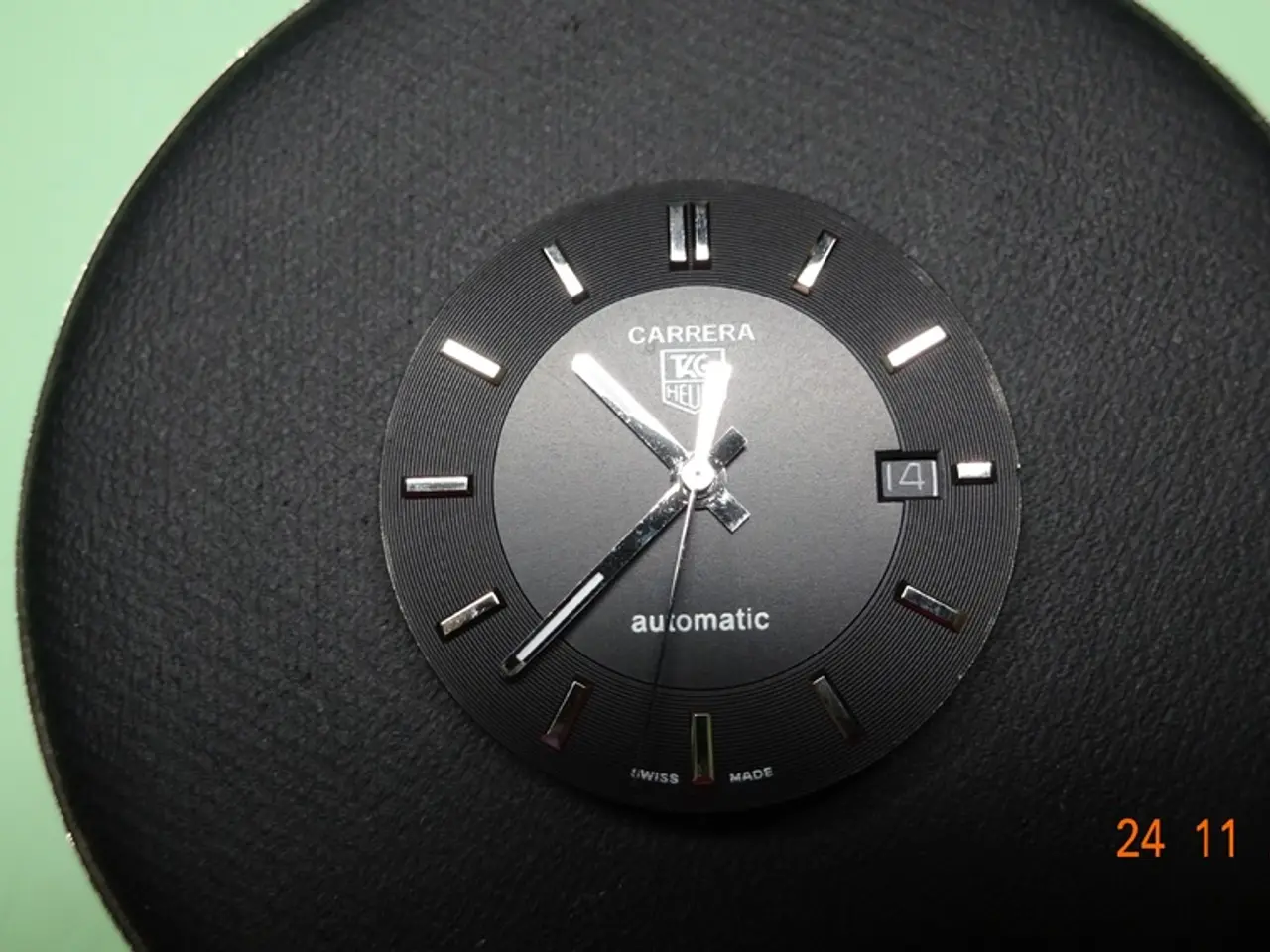A Tale of Time: Antique Clocks vs Modern Clock Movements
Examining Durability: A Look at Antique and Vintage Clock Mechanisms
In the realm of watchmaking, the transition from antique to modern clock movements is a fascinating journey that showcases the evolution of craftsmanship, durability, and affordability. This article delves into the contrasting characteristics of antique clocks, primarily those made over a century ago, and modern German clock movements.
Antique Clocks (Over a Century Ago)
The construction and durability of antique clocks were a testament to their time. Handcrafted with high-quality materials and meticulous craftsmanship, they were built to stand the test of time. The emphasis on durability and longevity is evident in their design, which often features simpler mechanisms that are easier to repair.
Repairing antique clocks, despite their age, remains feasible due to their repair-friendly nature. The craftsmanship and materials used ensure that repairs can be conducted effectively.
Modern German Clocks
Modern German clock movements, on the other hand, are mass-produced using advanced manufacturing techniques. While these methods offer efficiency and cost-effectiveness, they often result in a shorter economic lifespan, estimated to be around 25 to 30 years. This is partly due to materials and manufacturing processes optimized for cost rather than ultimate durability.
Repairing modern German movements can be a challenge due to automated assembly techniques that make disassembly difficult. However, with the right skills and tools, many can still be repaired by cleaning, rebushing, and repivoting.
Comparison Factors
Several factors contribute to the differences in durability and repairability:
- Manufacturing Techniques: Handcrafted antique clocks were built with an emphasis on durability and repairability, whereas modern clocks are mass-produced with efficiency and cost in mind.
- Materials and Design: Antique clocks used higher-quality materials and simpler designs, making them more durable and easier to repair. Modern clocks often use lighter materials and more complex mechanisms.
- Economic Considerations: The cost-effectiveness of modern manufacturing processes often leads to products that are less durable and more difficult to repair, as it may be more economical to replace them rather than repair.
- Repair Culture: The mindset towards repair has shifted over time. With the rise of mass production, there has been a move towards disposable products, which includes clocks.
A Collector's Perspective
A collector, who has assembled a collection of antique and vintage wall clocks over 6 years, shares their passion for these timepieces in a YouTube video. Inviting comments from viewers, they offer a glimpse into the world of antique clock collecting, highlighting the unique value each era of clockmaking offers to collectors and enthusiasts.
Understanding the history and evolution of clock manufacturing helps us appreciate the balance between craftsmanship, durability, and affordability that has shaped the clock industry over time. Whether you're a collector, a historian, or simply fascinated by the intricacies of watchmaking, the tale of antique clocks and modern clock movements is a captivating story indeed.
[1] Source
Mechanical clocks, like antique clocks made over a century ago, were built to withstand the test of time, thanks to high-quality materials and meticulous craftsmanship. Repairing antique clocks remains possible due to their repair-friendly nature.
On the other hand, modern German clock movements, mass-produced using advanced technology, offer efficiency but have a shorter economic lifespan, around 25 to 30 years. Repairing modern clock movements can be a challenge due to their complicated assembly processes.
The differences in durability and repairability between antique and modern clocks are influenced by factors such as manufacturing techniques, materials and design, economic considerations, and repair culture.
In the world of collectors, there is a passion for antique and vintage wall clocks, as evidenced by a collector who has assembled a collection over six years. This collector shares their fascination with these timepieces in a YouTube video, offering insights into the world of antique clock collecting.




